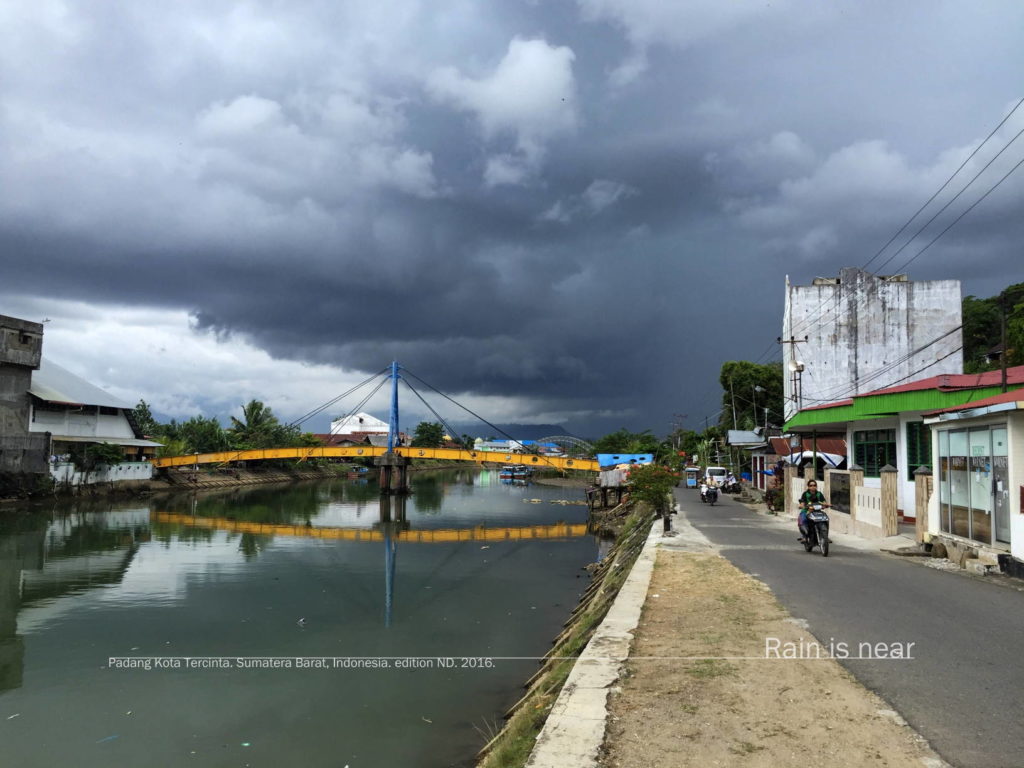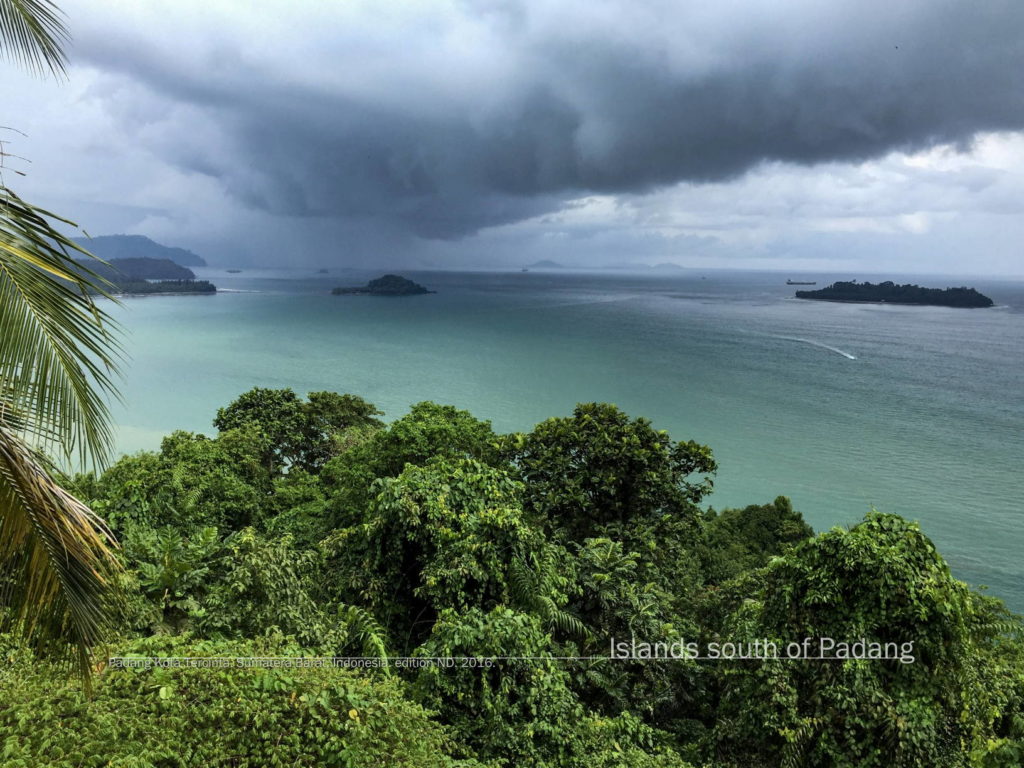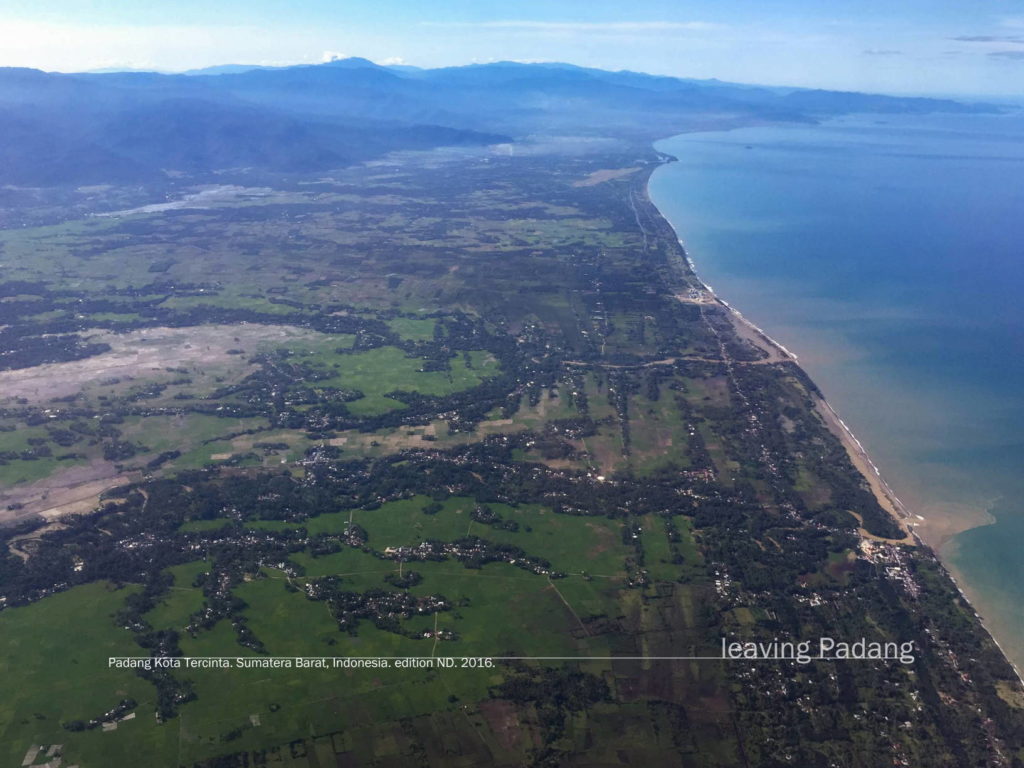Padang, beloved town. Padang is the capital of West Sumatra province (propinsi Sumatera Barat) in Indonesia and has about 1 million inhabitants. Lying on the very densely populated coastal plain on the west coast of Sumatra, it escaped the 2004 Tsunami but was badly damaged in an earthquake in 2009. With more than 1100 deaths and 135,000 severely damaged houses, Padang suffered greatly, though no major tsunami was triggered.
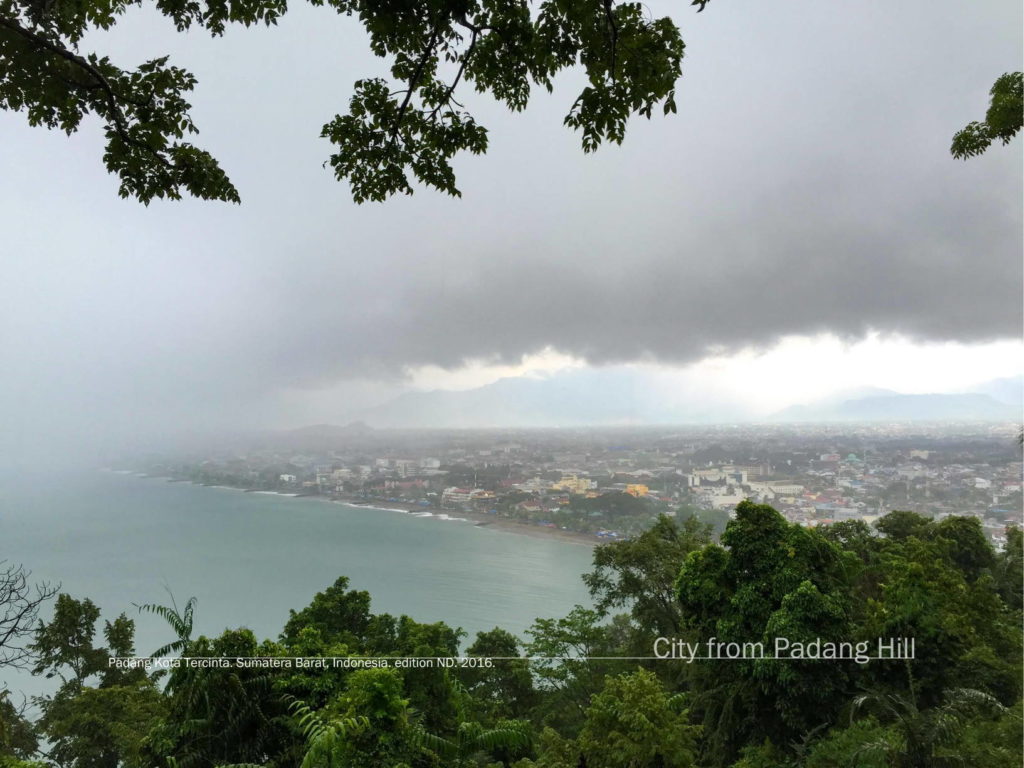
Rain. Padang is one of the wettest cities in the world with about 4m of annual rainfall.
More rain. Watching a thunderstorm from Padang hill is a great spectacle. The hill is a vantage point from which you can see the expanse of the city stretching across the coastal plain of West Sumatra against the backdrop of the mountains.
This is my first time back in Padang after about fifteen years, a dodged tsunami and earthquake later. The city is still alive, though scars from the earthquake and signage for tsunami shelter are are visible signs of change and an reality that this thin strip of low lying land by the ocean on the western expanse of the ring of fire is extremely vulnerable.
Rainy season. There’s a rainy sesason in Padang, though there isn’t really a dry season. May is around average and this May day is largely dry with a short outburst in the afternoon.

Padang has the reputation for being one of the cleanest cities in Indonesia. Like in every city there are parts that are neat, and others that are a bit scruffier. The main road from the airport into town, Jalan Khatib Sulaiman wants to make a good impression.
One day in Padang is all I got. One day to soak up the changes and one day to re-visit the places when I lived here in the late 1990s. I had a very early start today and arrived on the morning flight from Kuala Lumpur, dropped my luggage in a cheap hotel in the northern part of town. The plan was to walk all the way to Batang Aarau river which draws a crisp border between the city and the jungle and somehow make my way back.
Motorbikes all over the place – I am thrilled to be back and remember that petrol is often sold from plastic bottles in roadside shops.
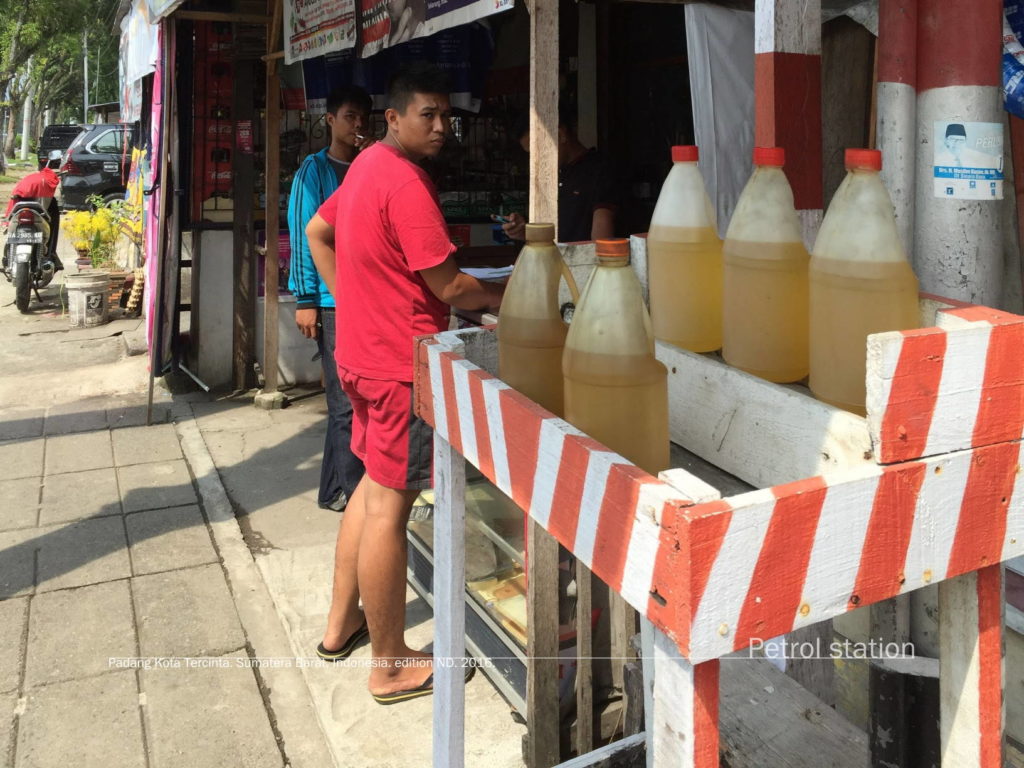
In the northern end of town, just off Jalan Khatib Sulaiman there are nice, leafy residential streets–a quiet area of walled off houses for the urban middle class and the few expats calling Padang their home. Back in the 90s I was grateful to come back to such an urban retreat after a day in the office or in the bustle of the city centre.

Carlos is waiting in an outdoor coffee shop at the end of the road. We have tea with lemon, three lemon quarters in a small glass cup and chat about recent changes in the city. The most spectacular addition to the city’s landscape is the new grand mosque of West Sumatra, the Masjid Raya. It’s a vast public space with ornate outside decorations and the characteristic Buffalo horn roofs that can be found on most public buildings in the city.
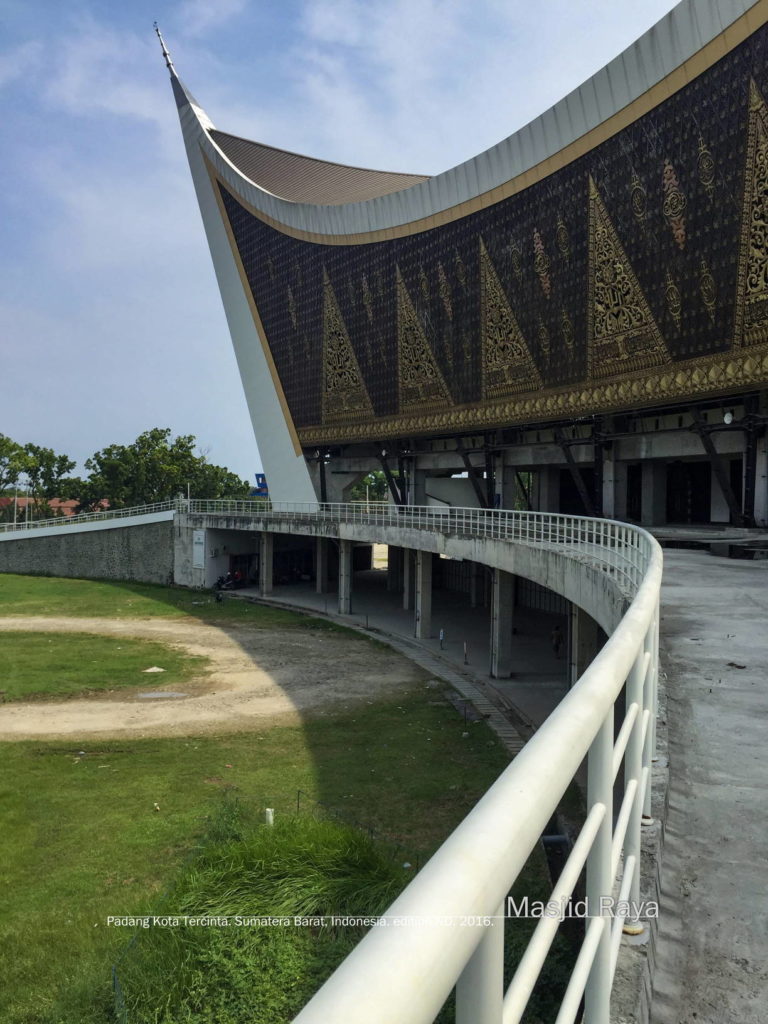
Apart from the Ocean and the mountains there’s one geographic feature that draws a line between the outer suburbs and more dense city: the Banjir canal which extends east from the ocean before it veers off to the south and meets the Batang Aarau river.
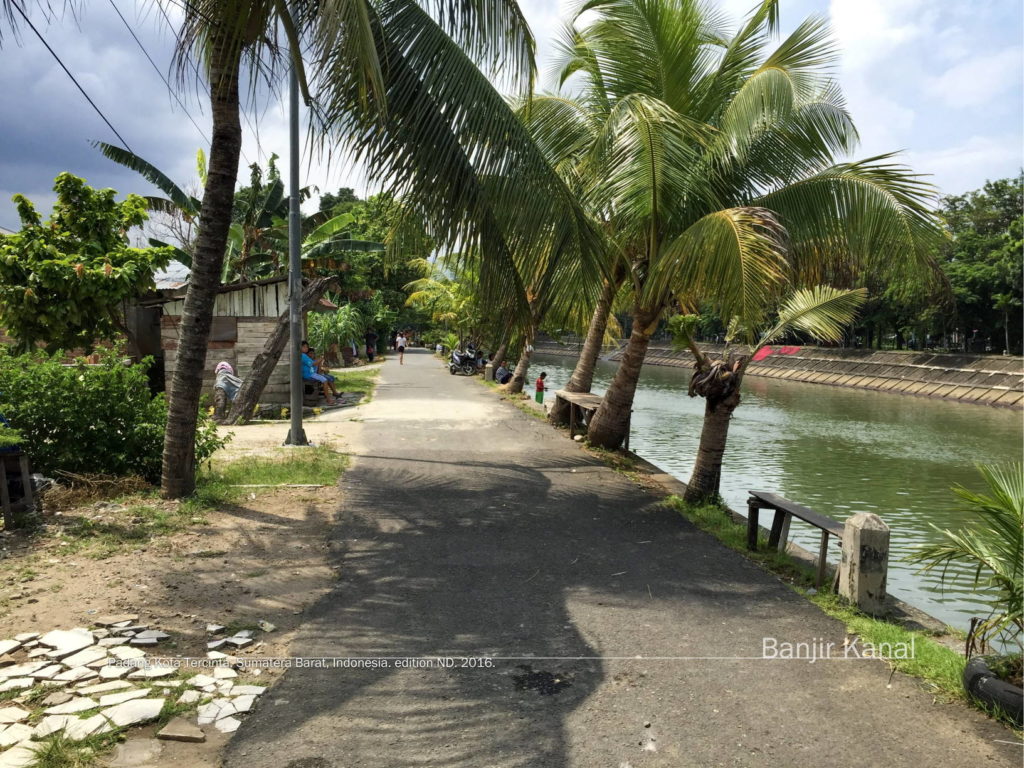
The Batang Aarau river is my destination and I decide to take a minibus to get to the commercial centre of Padang. I go past the store where I got my first ever tailor-made suit and get to the Matahari department store.
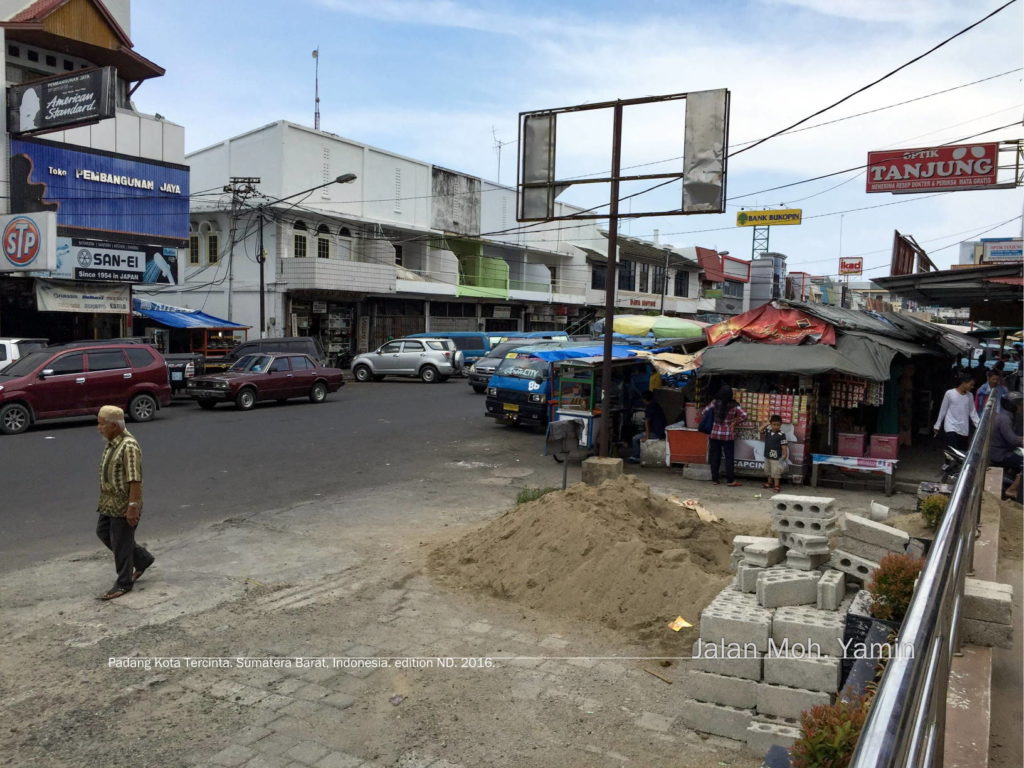
I am not interested in the store itself but I remember that store as the most recognisable landmark of the shopping district.
Time for food. There are food carts just around the corner. The fish crackers, different from Krupuk, the Indonesian prawn crackers look interesting but I go for a sweet pancake, Martabak Manis (see how it is cooked).
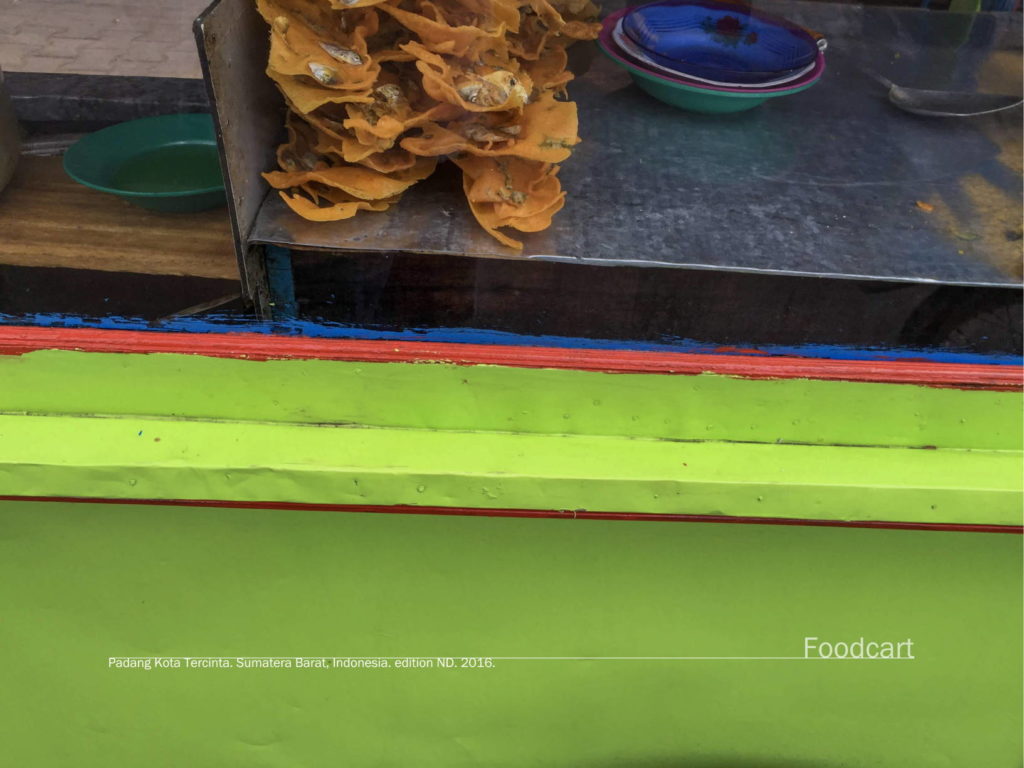
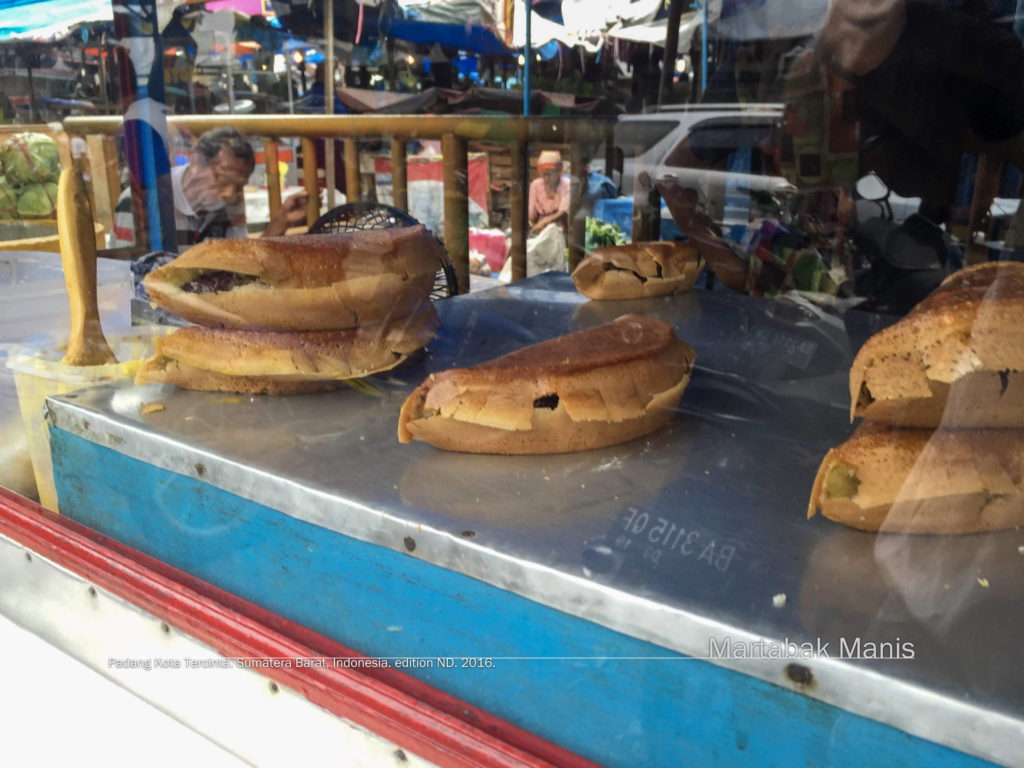
Makasan Padang, Padang food is famous throughout Indonesia and wider region. It can be incredibly spicy, owing to chili being a key ingredient. In Padang I had food that was so spicy, that in the moment I wasn’t sure I would be able to taste anything ever again. Once you get more used to the spiciness, the flavours they are initially covering up are fantastic.

The nicest area in the city centre is perhaps the vegetable market which is part of the big market, the Pasar Raya (read a more detailed story about a visit to Pasar Raya from Haddad who grew up in Padang).

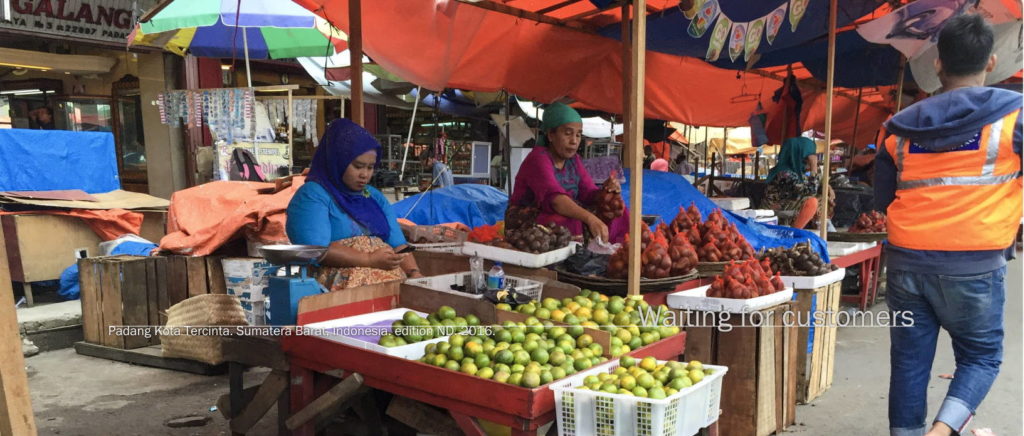
There are some buildings in the city that bear the marks of the 2009 earthquake, with the main shopping district appearing in a general state of decay. It’s a lively place, but many buildings tell the story of the quake.
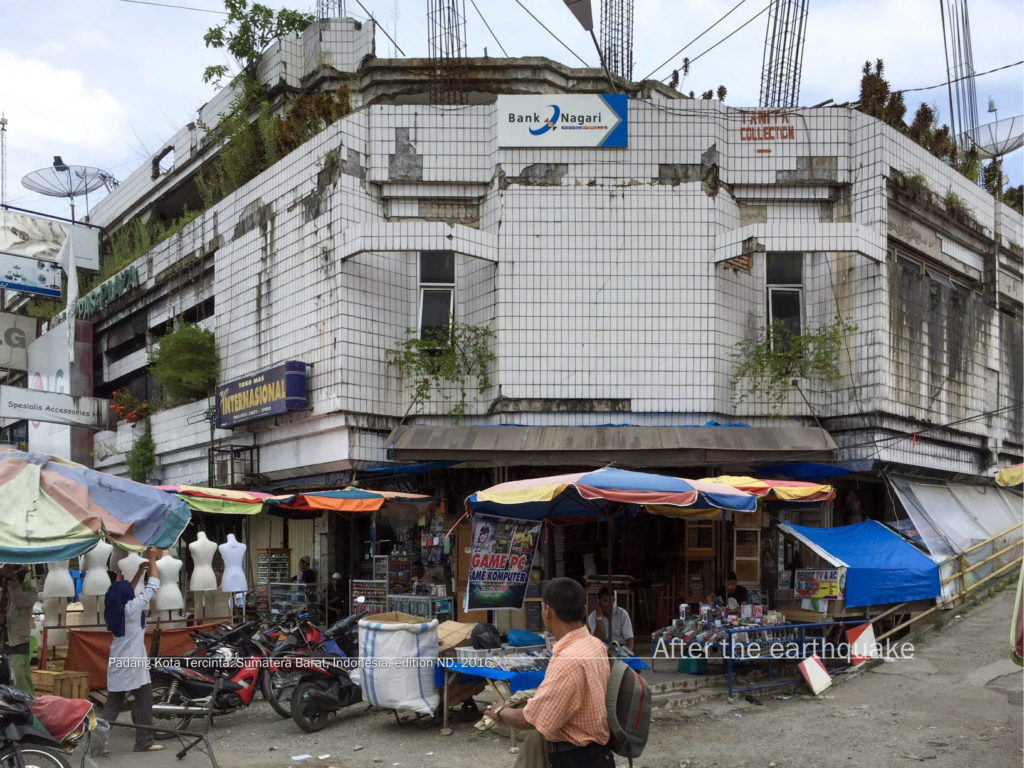
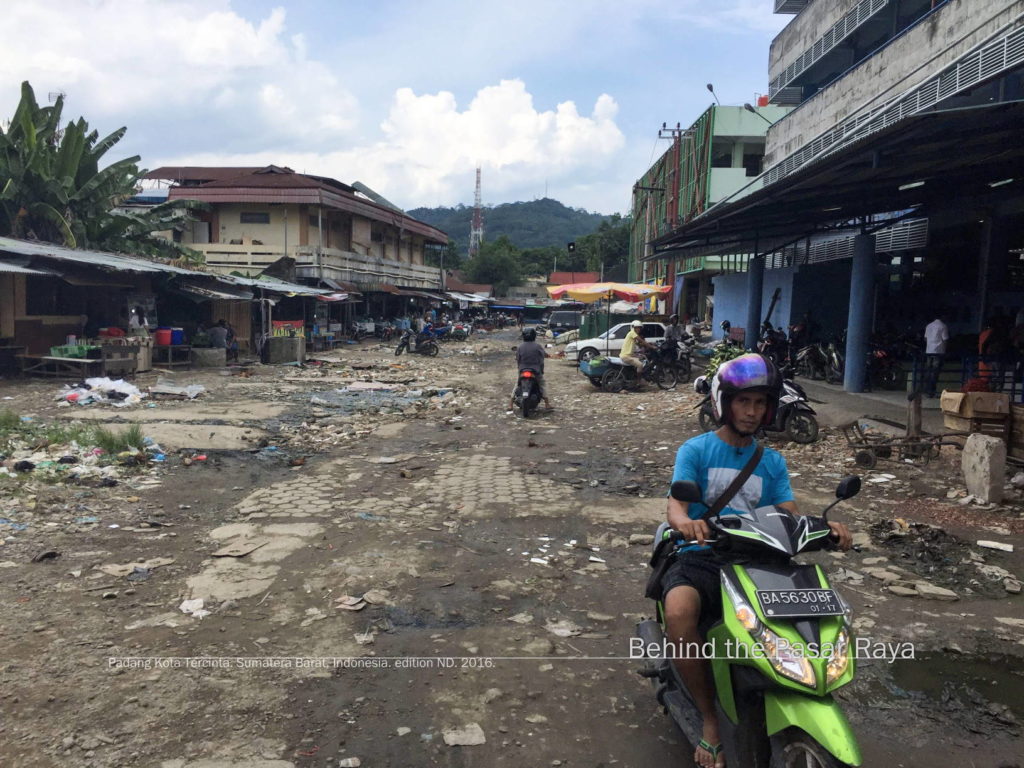
It is a final 15 minute walk from the Pasar Raya to the banks of the Batang Aarau river, the coastal plain running to it’s northern banks being full of buildings from the Dutch colonial area.
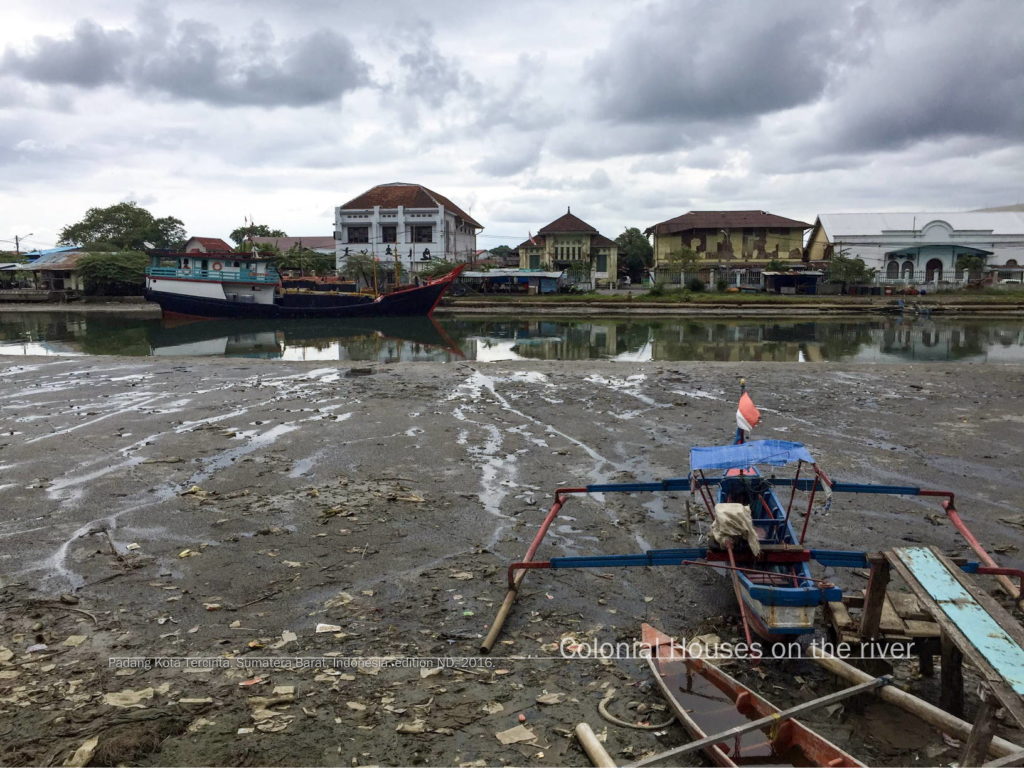
On the southern side the hills start immediately and a lush green band marks the southern end of the city. From here smaller boats go onto their nightly light fishing trips. The fishing boats carry bright spotlights that attract the fish. It is also the starting point for some of the ferries and private boats going to the Mentawai islands, about 100-150 km to the west of Sumatra, allegedly a surfer’s paradise.
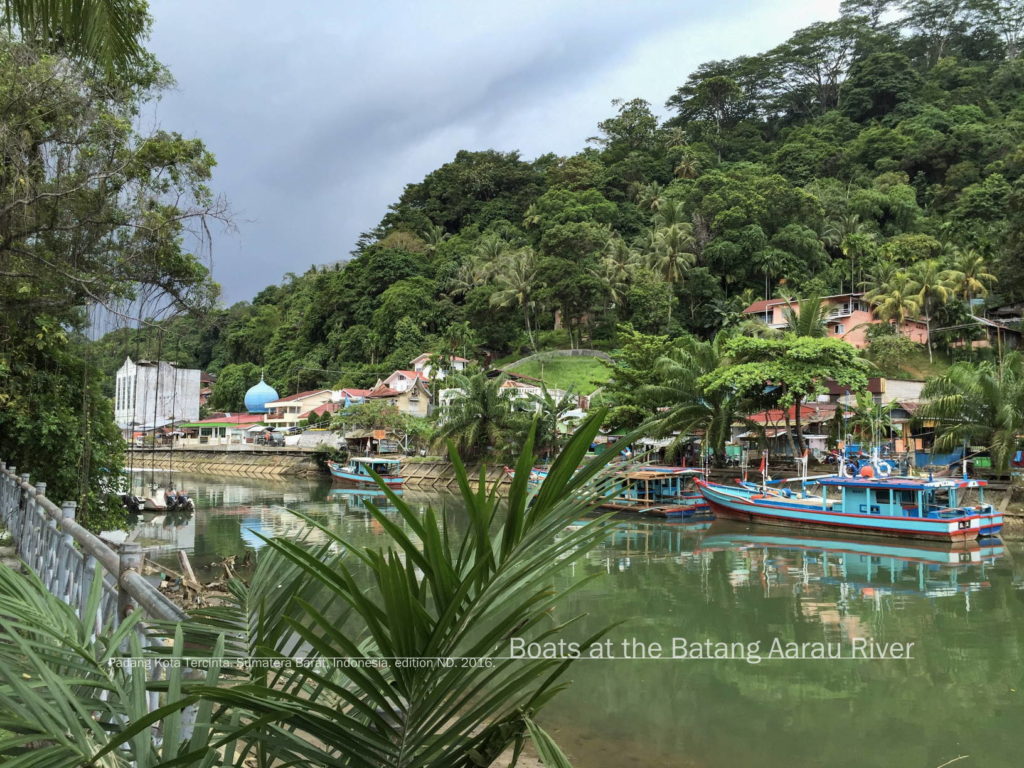
A number of bridges connect the two banks of the river and it is easy to go across. On the southern side the road runs right by the water. I walk east to the mouth of the river towards the green expanse of Padang hill.
